The Yamaha HS5 hold an almost mythological status as monitor speakers. They are known for being ruthlessly analytical and for displaying all flaws in recordings with no mercy whatsoever. So how do they fare when you use them as monitors? And what about using them as speakers to simply reproduce music? Let’s find out.
Disclaimer: I bought the HS5 speakers I used for this review with my own money. You can find more info on Yamaha’s website. The MSRP is $249 per speaker.
TL;DR: recap
| Pros |
Cons |
| + Well-built with a classic, attractive design
+ Affordable + Superlative transient response + Excellent imaging and soundstage + Great detail |
– Large bump in the upper mids
– Strong, almost aggressive treble – High bass distortion – Strong self-noise (hiss) |
Rating: 7/10
Packaging & Accessories
I got my units second-hand without the original accessories and boxes, so I do not have any pictures of either. Yamaha’s website says that they only come with a power cord and the user’s manual, in any case.
Design & Build
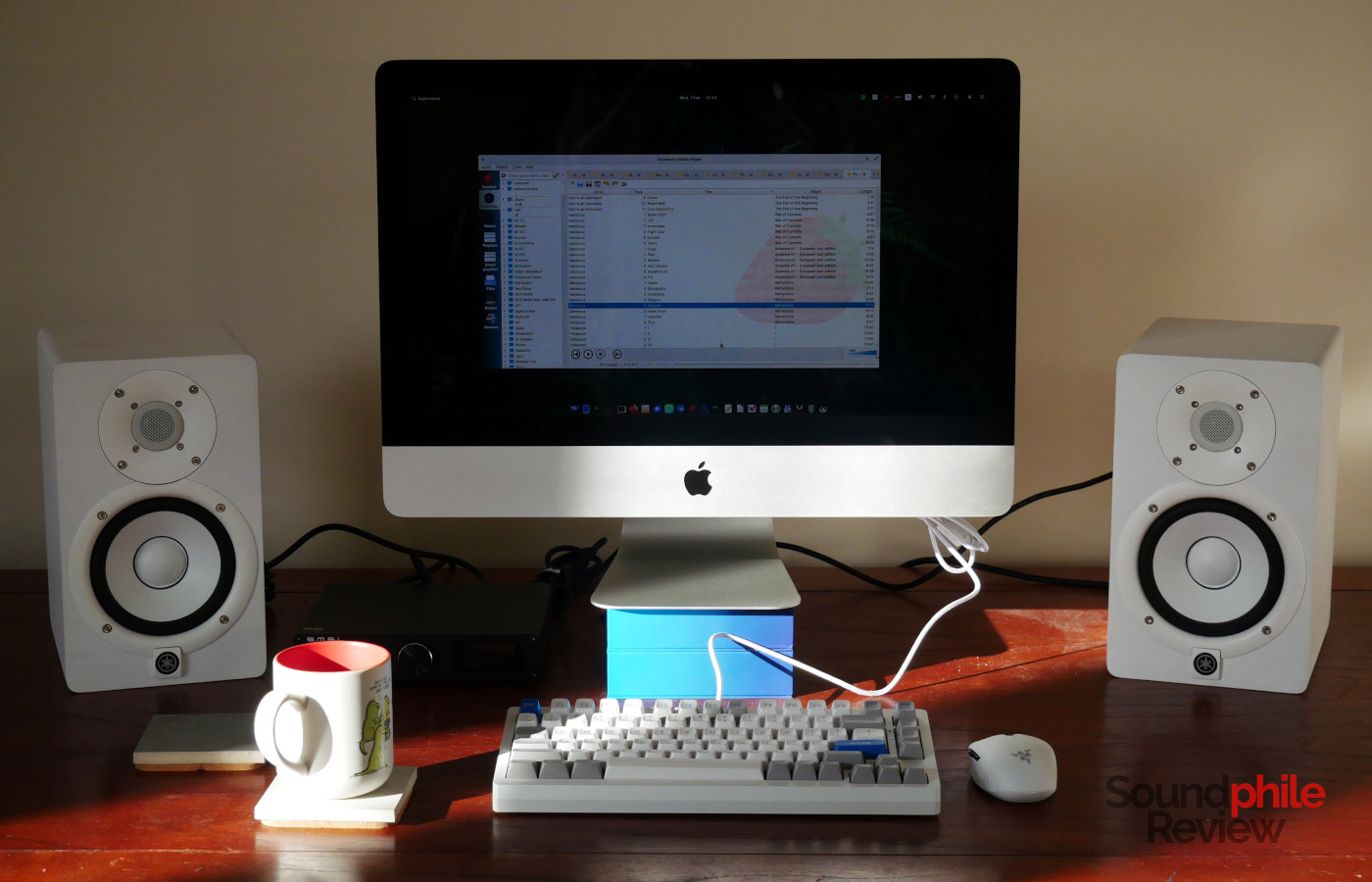
The Yamaha HS5 have a distinctive design which has become a classic in the monitor space. The front has the distinctive 5″ white woofer with the black surround, encircled by a plastic ring. In the case of my units, everything is white except for the surround, but the black version is all black except for the white woofer – which is what gives the speakers their famous looks.
Above the woofer lies the 1″ dome tweeter, hidden behind a metal grille and surrounded by a plastic waveguide. All of the plastic parts are affixed to the cabinet with metal screws which remain clearly visible and are in fact part of the design. Below the woofer there’s a small plastic bit with the Yamaha logo, which lights up when you turn on the speaker.
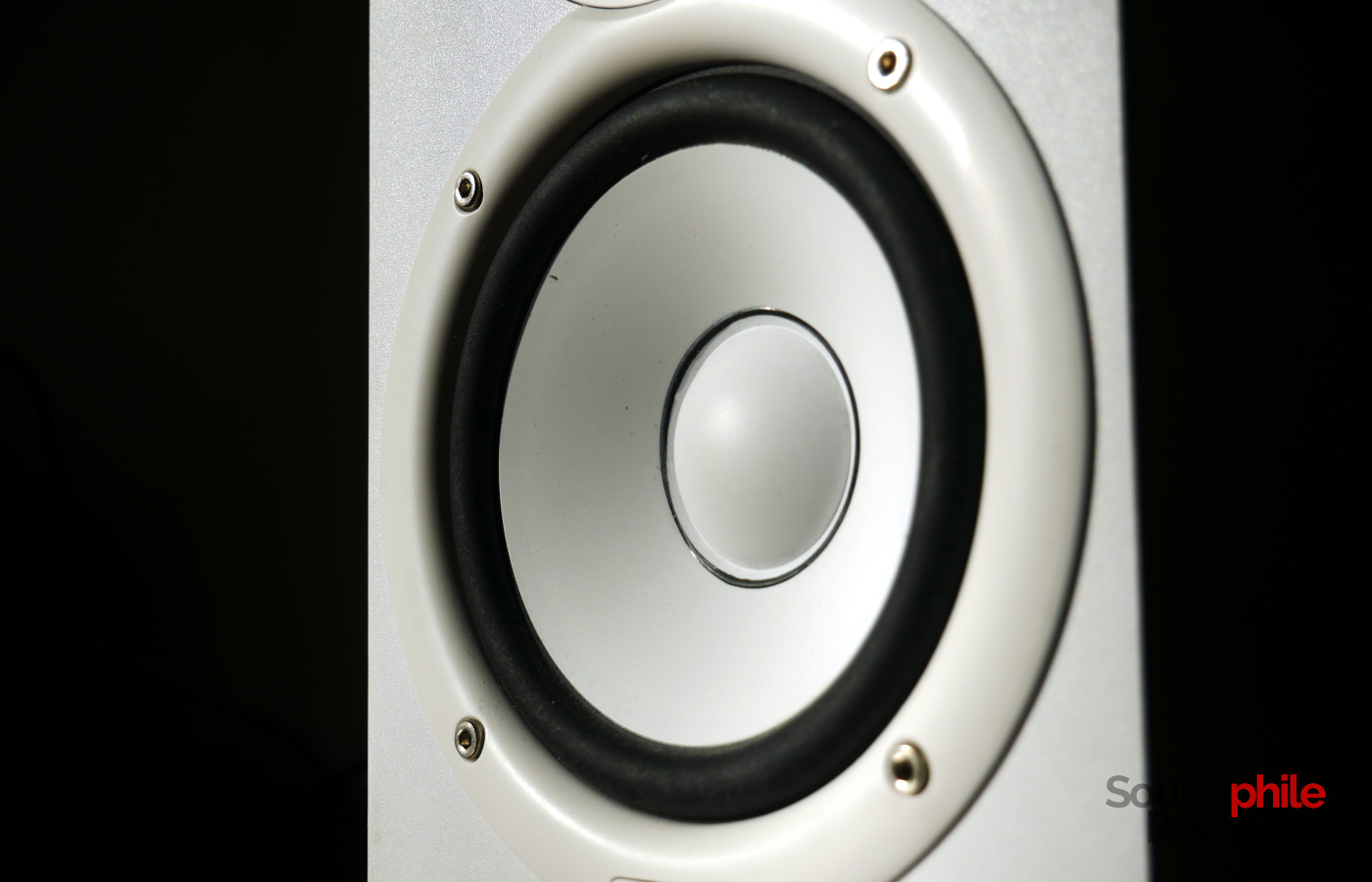
Contrary to many other monitors and loudspeakers, the HS5’s cone follows in the tradition of the NS10M by using an actual cone – as in, the sides are straight and do not change inclination like they normally do on many other models. This grants the driver better rigidity and less probability of breakup (so less distortion). It also grants better responsiveness, which is the reason behind the great speed and minute detail that the HS5 are known for.
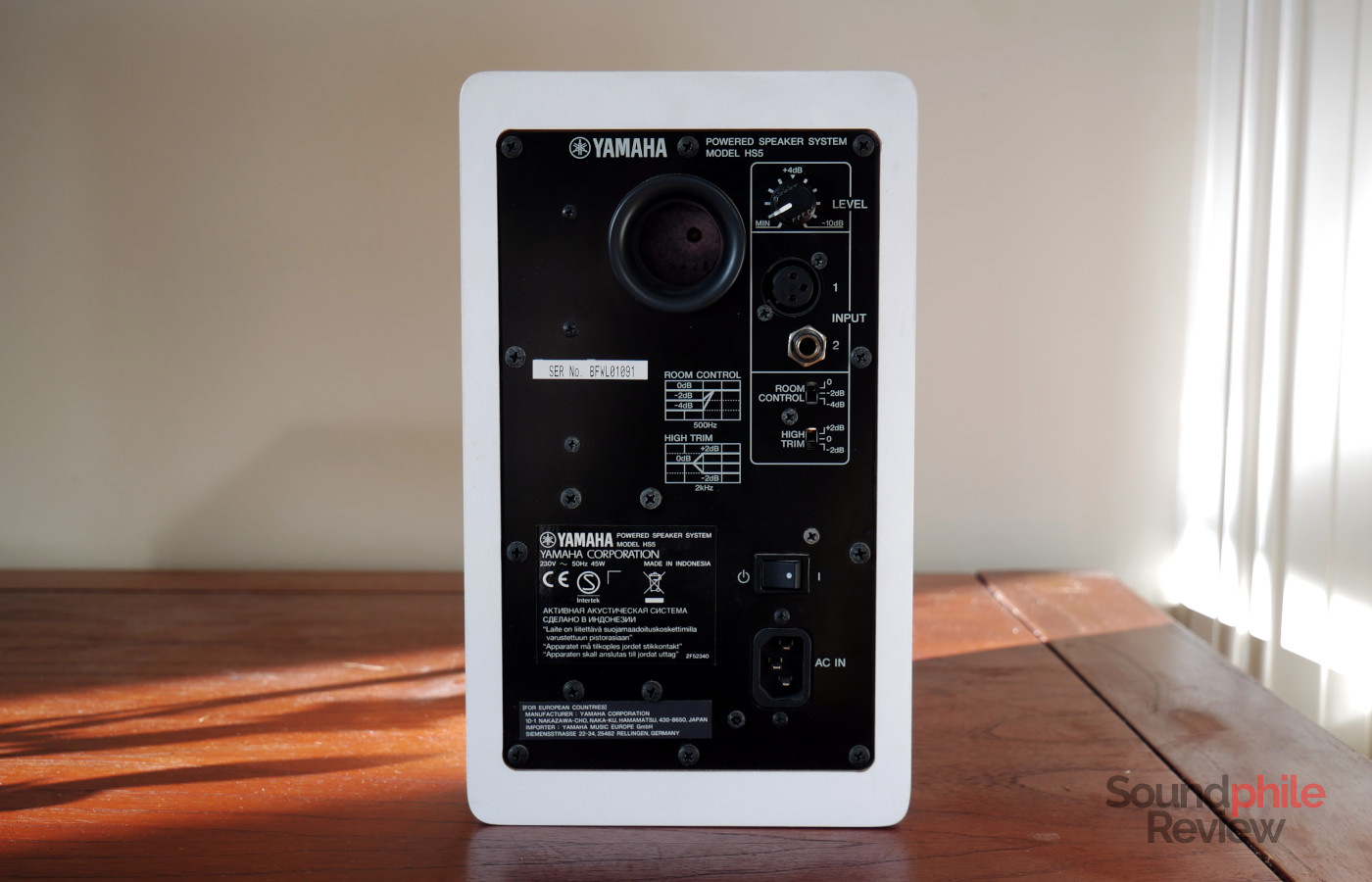
The back hosts the various connectors as well as a sizeable heat sink and the bass port. The connectors include the power one, a 6.3 mm jack (which takes TRS jacks) and an XLR. There are also a level knob as well as room control and high trim switches. The level knob allows you to adjust the volume, while room control reduces frequencies below 500 Hz by 2 or 4 dB and high trim allows you to increase or decrease highs by 2 dB.
The cabinet is made of MDF coated in vinyl. It weighs quite a bit, at 5.3 kg per speaker, but it is flawless in its build quality. The slight texturing is pleasant to the eye, and it hides dust a bit as well on the white model – a win-win situation, I would say! The rounded lateral edges make the speakers look “friendlier”, in a way – or, at least, this is the sensation they give me.
Features & Specs
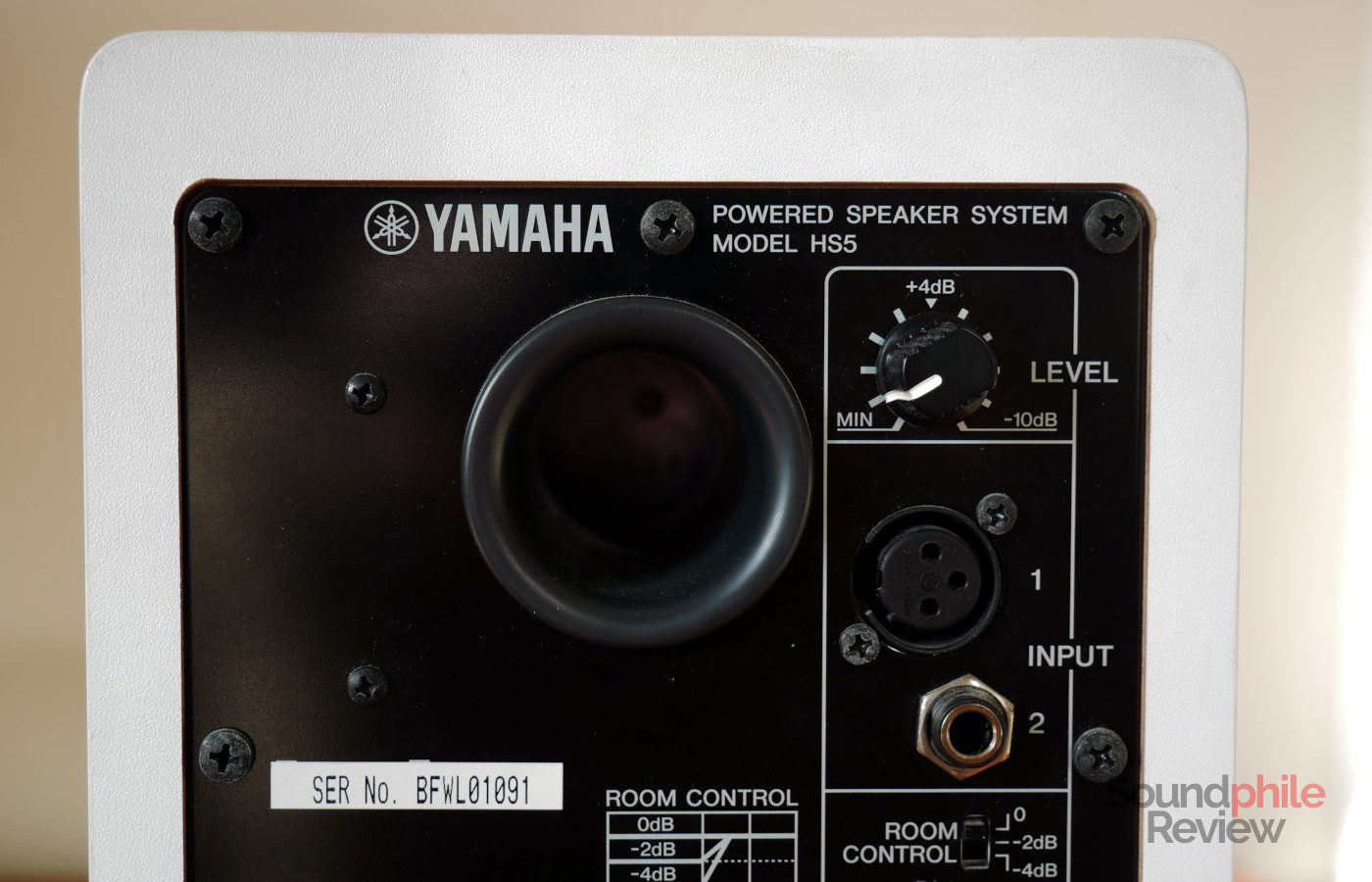
As the HS5 are meant to be used with music production gear, they only feature balanced inputs in the form of a TRS 6.3 mm jack port and an XLR3 port. You can also use an unbalanced 6.3 mm jack (TS), though this can negate the advantages of balanced connections and lead to more noise creeping in. On the other hand, it allows you to use the output of most devices (e.g. RCA) without issues.
Yamaha HS5 |
| Frequency response | 74 – 20,000 Hz (-3 dB) |
| Inputs | XLR3, 6.3 mm TRS jack |
| Power output | 45 W (per speaker) |
The Yamaha HS5 feature two separate amplifiers for the woofer and the tweeter. The woofer has a peak power output of 45 W, while the tweeter is rated at 25 W, for a total of 70 W; the speakers have an average power consumption of 45 W. That’s enough to produce very high volume, especially considering they are meant to be used as near-field monitors. They use Class D amplification, which means that they won’t consume as much power when they are not actively reproducing music.
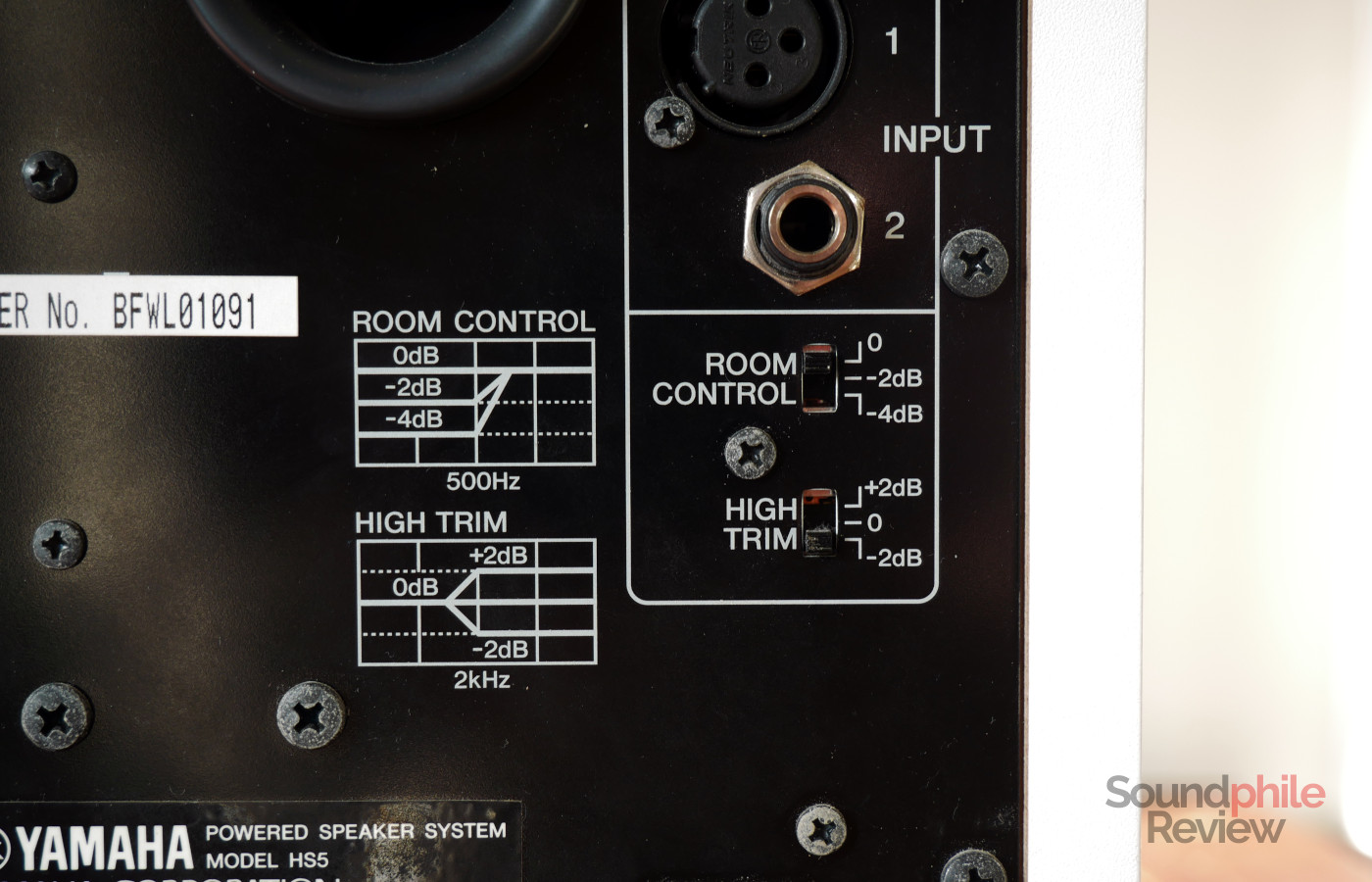
The Yamaha HS5 are unfortunately characterised by a high-pitched background hiss which is always present as long as the speakers are powered on. This hiss is clearly audible from 1 metre away, even when there are other sources of noise (e.g. the fans of a computer or a busy street). In my specific case, the hiss is strong enough to cause ringing in my ears after a while, which makes the speakers de facto not usable for prolonged periods of time; other people have told me that they weren’t able to hear it, though, so it really depends on how sensitive you are to these frequencies. It should be noted that the hiss is independent of the input type, as it is present even when the speakers are not connected to any source.
Sound
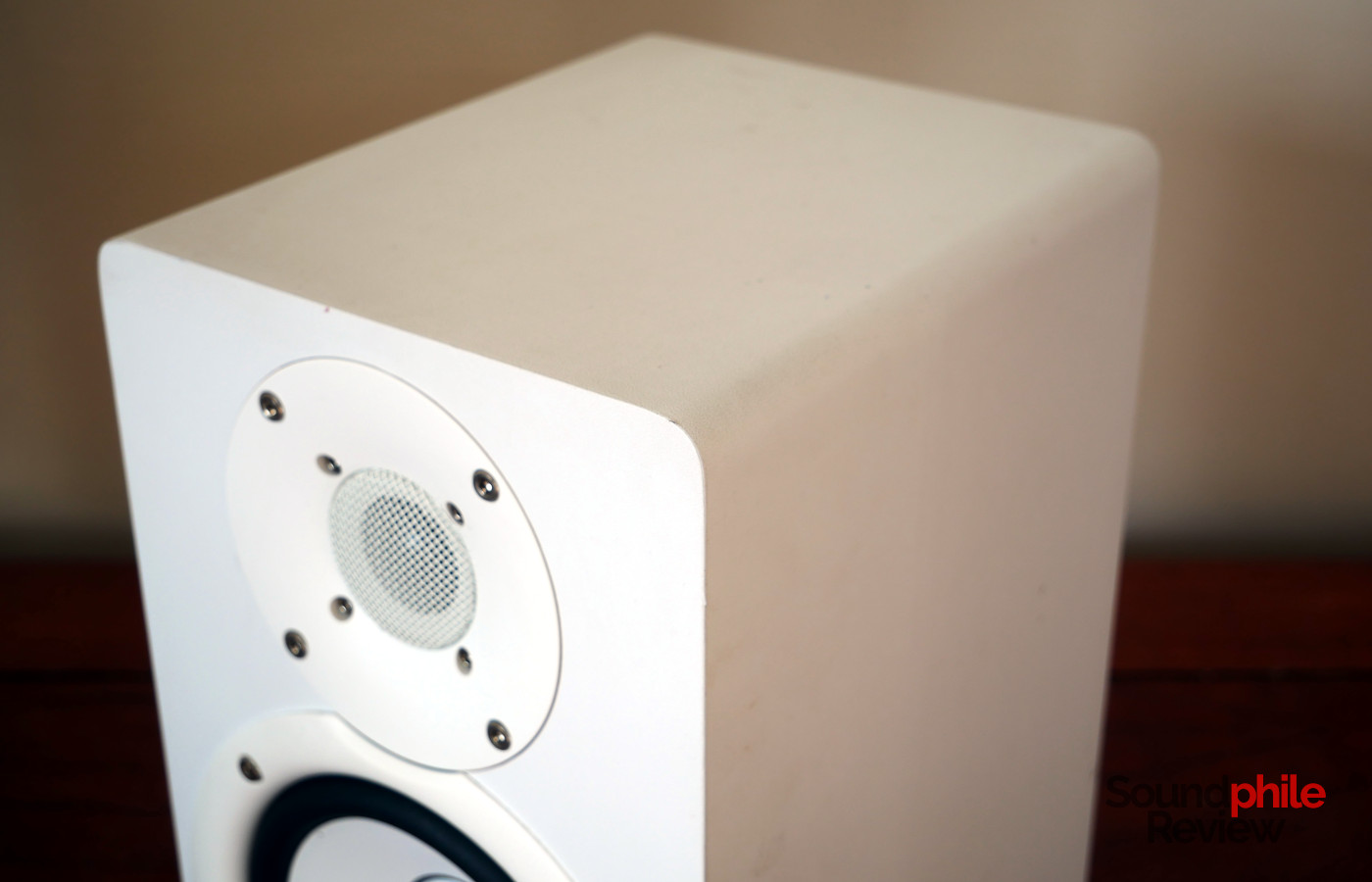
I have tested the Yamaha HS5 with a variety of sources, including an SMSL DO300 and an SMSL DO400 using XLR cables, as well as a C200 using 6.3 mm TRS jacks.
Yamaha says that the HS5 sound their best with 1.5 m behind them and to the side, which is doable in studios; however, this is not easily attainable if you are using them at your desk at home. Still, they don’t need to be on mounts nor to actually have 1.5 m behind them; they will sound really great even just half a metre from the wall and won’t kick a fuss if you just lay them on your desk. They will improve if you tilt them upwards so that the tweeter points more directly at your ears as the waveguides make them rather directional. The controls allow you to reduce or increase both bass and treble; I found that the HS5 sounded best in my environment with bass left untouched and treble reduced by 2 dB.
Soundstage stands out for its depth, rather than its width: the latter is good, but the former is great. The impression is that of a room which extends limitedly on the sides, but which also has a lot of depth and various layers in that depth as well. The sensation is that the monitors create a whole space, which extends beyond their physical presence. Imaging is superb: there’s a place for everything and everything has its place, to borrow a famous saying; in other words, each instrument has its own space, and there’s space for every instrument. That has a reflection on instrument separation, too, which is exceptional – in fact, I heard some instruments for the first time in Snarky Puppy’s Mr. Montauk because of this.
Bass is relatively reserved and it tends to sit somewhat behind the rest, though only by a small bit. It very rapidly decreases below the ~80 Hz mark, so there is no sub-bass by all intents and purposes; if you need (or want) to achieve that, you will need to add a subwoofer to your setup. Mid-bass is however very linear and very close to what I would define as “neutral”. Just to be clear: when I say it is “relatively reserved”, it doesn’t mean that it is absent; in fact, while writing this I am enjoying The Prodigy’s Smack my bitch up with bass doing its nasty job very well. And it is fast and nimble: transients have a very fast attack and a short decay, which makes instruments such as percussions very convincing. The other side of this is that detail and layering are exceptionally good.
Midrange has the same speed and detail. In Rodrigo y Gabriela’s Diablo Rojo, the thumps on the guitars are convincingly fast and physical. In terms of sound signature, the HS5 have a bump in the middle-upper section which makes vocals as well as instruments such as electric guitars come forward in the mix, thus altering the tonality slightly and making it slightly brighter. Although the effect is limited, it is clearly noticeable, especially given how ruler-flat the rest is. This is relevant if you are going to use the HS5 for mixing, as you will probably be led to reduce the presence of those very frequencies in the mix, making it dull on speakers and headphones which do not show this behaviour. The level of detail is excellent, as the fast transients normally indicate; there seems to be a bit of an issue with the lower section when bass kicks in, however, as the sound becomes a bit duller (or smoother, as in “with less detail”). A good example of this is Meniscus’ Fingers: it alternates sections with heavy bass and sections with just electric guitars, and the latter are very clear and clean until bass kicks in. As the upper midrange is rather clean, this leads me to believe that it is actually the woofer to introduce this phenomenon, probably due to distortion from the bass port becoming prevalent.
There is a significant bump in the lower and middle treble regions, which is what makes the HS5 less enjoyable than many other speakers. This is especially noticeable since they are near-field monitors, which negates many of the effects that listening from a distance in a room has – both for the better and, in this case, for the worse. Treble doesn’t have the space to dissipate a bit and bass, on the other hand, can’t take advantage of reverberations and reflections as it normally does (or not too much, anyway). Overall, treble is fairly linear and starts more-or-less at the same level as the upper midrange; it displays a bump fairly soon, which continues through the middle area and then goes back to more-or-less neutrality (with a couple of dips, which however aren’t that significant). This means that you will hear crashes, hi-hats and other high-pitched instruments quite a bit more in the mix, to the point that treble can become fatiguing at times. As an example, at the end of Snarky Puppy’s Minjor the cymbals are very prominent when listened with the HS5. If not taken into account, this could be problematic in mixing and monitoring, as it could lead you to reduce treble when you shouldn’t. The good thing is, on the other hand, that the HS5 offer first-class treble in terms of sheer quality: it displays an impressive amount of details for monitors of this size and price. This really helps with hearing any issues in the mix, or it really makes music pop out if you’re just listening to it for pleasure – both quite important!
Final Thoughts
They say that the Yamaha HS5 studio monitors are not meant to let you enjoy the sound, but to expose the flaws in the recordings. That is, indeed, true, but not because the HS5 sound “boring” or dull – it’s due to the way they are tuned, which makes them less pleasant to listen to than many speakers aimed directly at music consumption. They are overall good monitors which cover the whole spectrum, save for sub-bass, with good effectiveness. They do tend to be bright (and possibly “very bright” for some), though, which is something you need to take into account and correct with EQ if you are doing any monitoring and mixing with them. On the other hand, they are not overly dependent on positioning, which is great as it makes them very flexible.
The one thing I really love about the HS5 is their handling of technicalities. Soundstage is very good, but imaging is exceptional, especially once we factor in the size and the price. The design is killer, too, especially in the white version which I got. But what really sets these speakers apart is their response to transients, which is really stunning for monitors of this kind. On the other hand, the distortion exhibited by the woofer can be limiting if you need to concentrate on the lower end.
In conclusion, the Yamaha HS5 are good speakers, but not great ones. Their tuning makes them generally less ideal for music listening (unless you really want to go for that brightness) as well as for music production than other similarly priced options such as the JBL LSR305 II or the Kali Audio LP-6, which are more even in their response. I feel like the Yamaha HS5 are the near-field monitor equivalent of Marmite: you either love them, or hate them, no in-between (people outside the UK will probably not get this reference, in that case I’m sorry you will never experience how good Marmite is). You shouldn’t use them as your only monitors if you are doing studio work, and if you want to use them as speakers to listen to music… well, you will want to use EQ.
After much internal debate, as well as external as my girlfriend can testify, I decided to resell my units. This is for the largest part, just like with the PreSonus Eris 4.5, due to the strong hiss which I simply find too fatiguing; my ears are seemingly overly sensitive to the frequencies of the hiss, so they start hurting after just a brief exposure to it. The excessive presence of the higher frequencies also doesn’t help, as it compounds with the hiss. Now, the issue with the hiss is one most people don’t have, as the success of these speakers demonstrate, but the excessive treble might be more of an issue if you are after perfect neutrality or after speakers to use to simply listen to music with no monitoring or mixing needs.

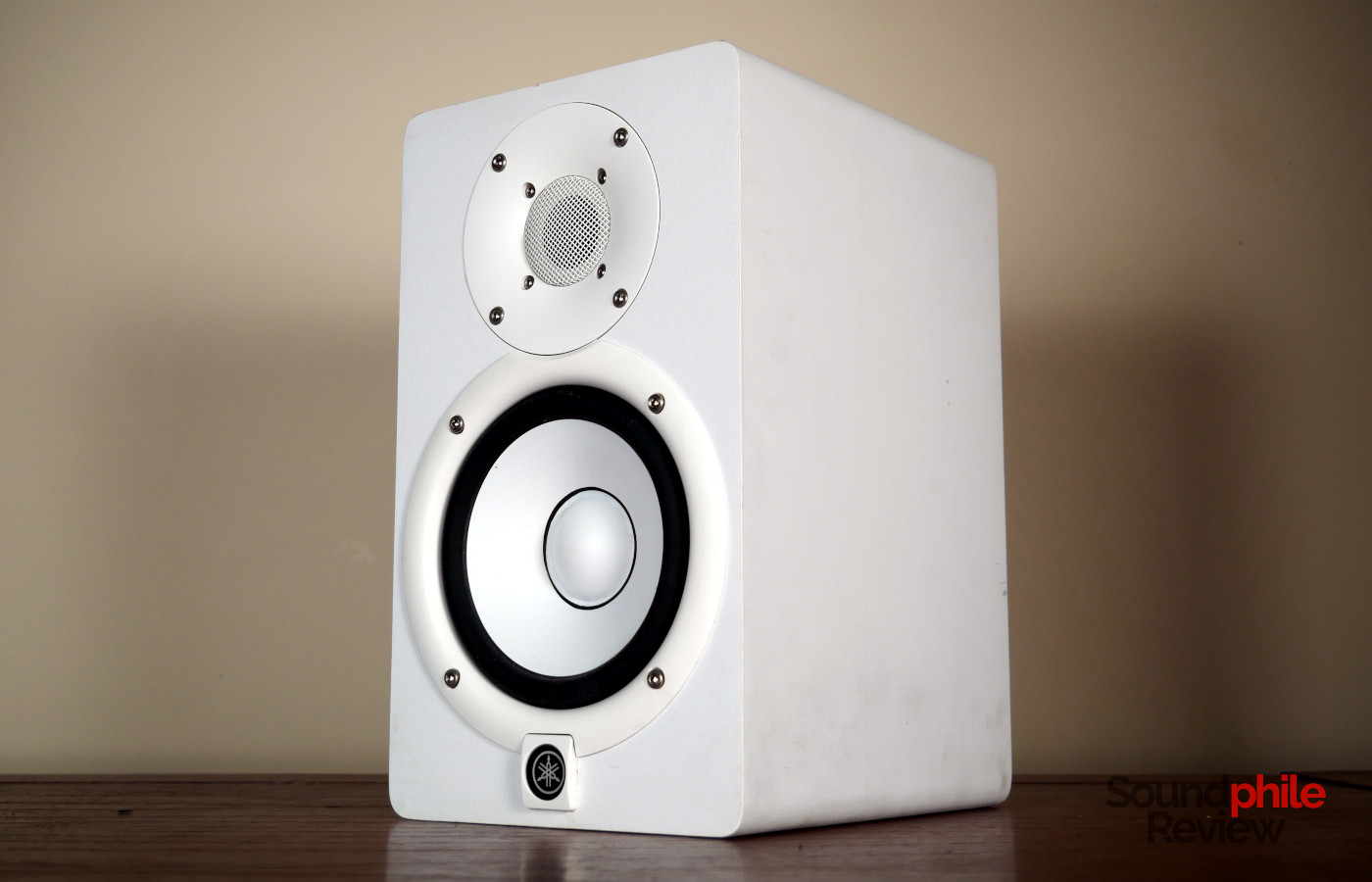

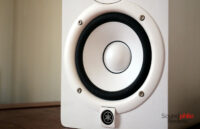
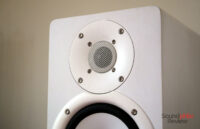
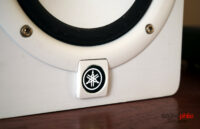

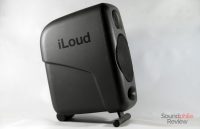
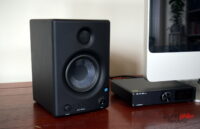
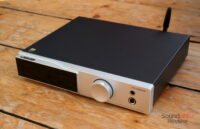


Great review. I bought a pair of these (also in white) a year ago, and have these tips:
1. After wrestling with hiss, reading about “ground loops” and getting some improvement using XLR cables, I found switching to Bluetooth using a Presonus BT Microstation solved it 100% while still sounding great (apparently thanks to recent improvements in Bluetooth codecs).
2. I did need to add an entry-level subwoofer or the bass felt lacking. Event a 20-year-old Logitech 2.1 system that costs $50 sounded better in the bass department, before adding the subwoofer. I use an entry-level Sony subwoofer of similar vintage.
It’s been fantastic for desktop listening. I especially like the clarity for acoustic guitar music (like Andres Segovia).